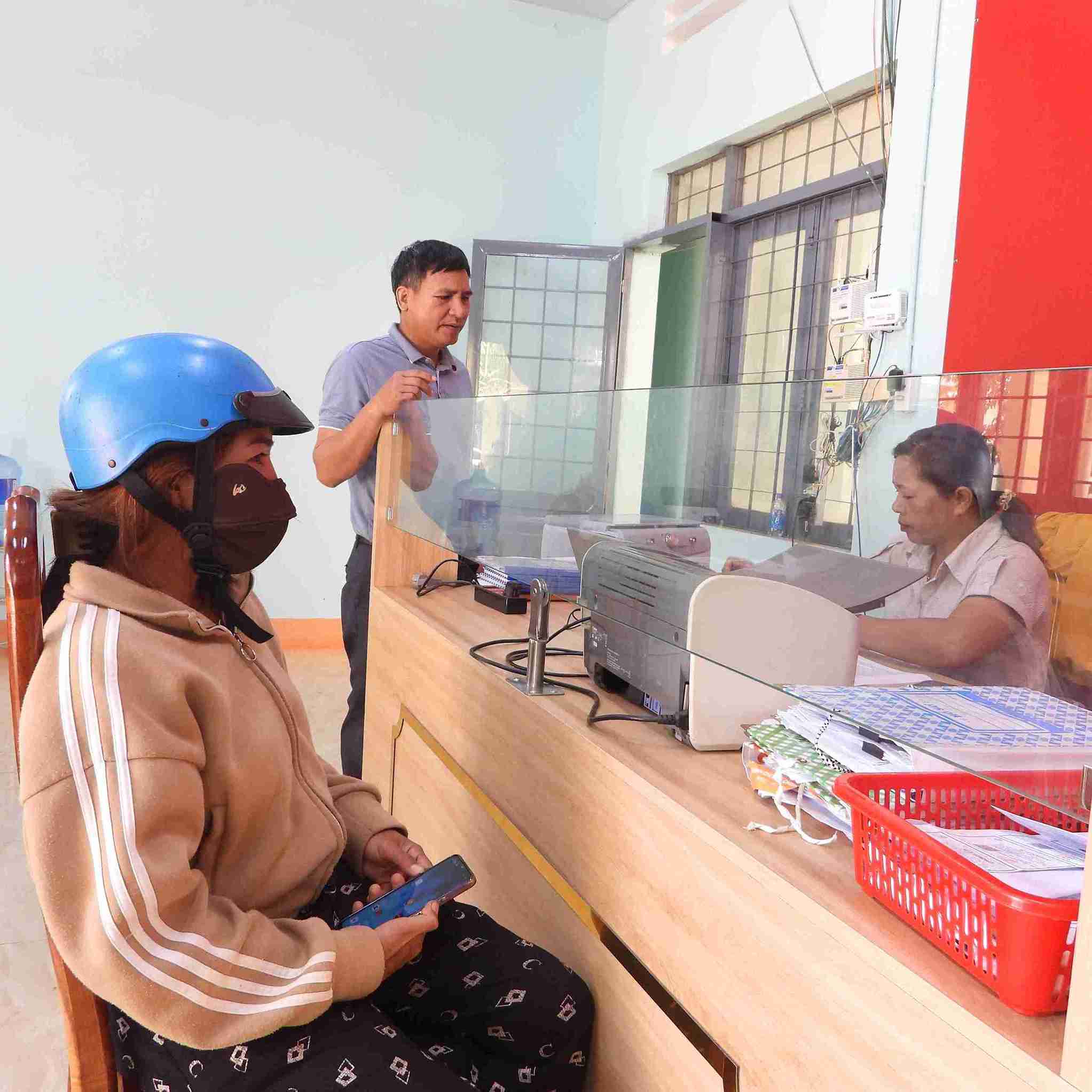Identifying difficulties and challenges
In Krong Nang district in particular and Dak Lak province in general, the implementation of the National Target Program on Sustainable Poverty Reduction for the period 2021 - 2025 still faces many difficulties.
In particular, there are many changes in subjects, scope, and support content compared to the previous period, so the directives and instructions for project implementation are still slow and inconsistent.

In the early stages of implementation, there were many amendments and supplements, leading to many difficulties and problems in advising on the issuance of documents of the province and the organization of local implementation.
The rate of poor and near-poor households in ethnic minority areas in some localities is still high, mainly concentrated in communes, villages, and hamlets with special difficulties such as Ea Ho, Dlie Ya, Ea Dah communes...
Ms. H' Phi La Nie - Vice Chairman of Ea Ho Commune People's Committee shared: "The commune has 14 villages and hamlets. Of which, there are 9 local ethnic minority villages in particularly difficult areas. In recent years, many people have been aware of developing household economies to improve their lives and escape poverty successfully.
However, many people still rely on the support of the Party and the State. A part of ethnic minorities, although encouraged and propagated by commune officials, are not aware of making their own efforts to rise up. Therefore, up to now, the commune still has 798 poor households and 331 near-poor households".

Mr. Hoang Van Hoan - Chairman of Dli Ya Commune People's Committee shared: "In 2024, the locality has achieved many successes in poverty reduction. The number of poor and near-poor households in ethnic minority areas has decreased sharply. However, the difficulties and problems that the commune is facing are some of the cumbersome administrative procedures".
According to the leader of the People's Committee of Krong Nang district, local agricultural production is spontaneous, small-scale, and there is no close linkage and cooperation in production according to the product value chain, so it is not sustainable. Investment in equipment and income on the unit of cultivated land area is low, the added value is not high.
This is one of the reasons why the district is having difficulty in sustainable poverty reduction in ethnic minority areas.

Incorporating resources to support people to escape poverty
According to the People's Committee of Krong Nang district, in 2024, the poverty rate among ethnic minorities in Krong Nang district will decrease by 3.82%.
By 2025, the district aims to reduce the poverty rate by 1.5 - 2% according to the multidimensional poverty standard for the period 2021 - 2025. Of which, the poverty rate among ethnic minorities will decrease by 3 - 4%.
Mr. Ho Minh Tuy - Head of the Ethnic and Religious Affairs Department of Krong Nang district commented: "In addition to resources from national target programs to implement poverty reduction and economic development in ethnic minority areas, local governments need to be flexible in replicating advanced models".

Mr. Tuy said that grassroots cadres can introduce people who have escaped poverty through the livestock and crop model so that households with difficulties can learn and follow.
The leader of the People's Committee of Krong Nang district affirmed that the district clearly identifies the synchronous implementation of solutions as a key factor to overcome difficulties and improve poverty reduction effectiveness in a practical and sustainable manner.
In particular, the focus is to continue to promote propaganda, raising awareness of cadres, party members and people about the goals and significance of the program.

The leader of the People's Committee of Krong Nang district emphasized that poverty reduction work has been far different from before, shifting from the form of " giving without" to "giving a fishing rod", to arouse the spirit of self-reliance and the will to escape poverty of the people.
The district will focus on supporting production development in conjunction with building effective livelihood models, suitable to the conditions of each locality. In particular, the district prioritizes integrating resources to help the poor access preferential loans, transfer science and technology, vocational training and create jobs.











